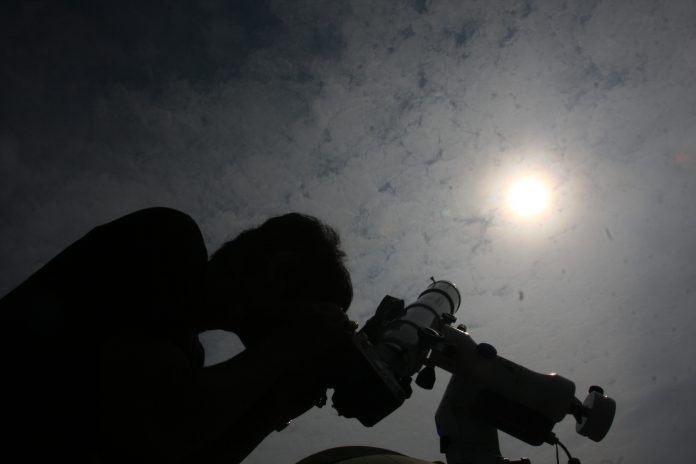Scientists at the University of Manchester have figured out how to make sustainable concrete – with a mixture of astronaut blood and space dust
While the combination sounds initially like a proposition from a sci-fi novel, the resultant substance is relatively sustainable concrete. When it comes to building in space, countless ideas of what could go wrong exist in contemporary media representations of mankind’s first steps toward living on a different planet.
It costs $2 million to send one normal brick to space
The sustainable concrete, AstroCrete, is created from a common protein found in blood plasma, urine and tears – aka, human serum albumin. The cosmic dust is simulated moon or Mars dust, which creates a compressive strength by over 300% – making it a lot stronger than normal concrete.
It doesn’t hurt that the price of transporting a brick to Mars is roughly $2 million US dollars, making it difficult financially to build any kind of infrastructure on the red planet.
So, how much AstroCrete can astronauts make?
On a two-year mission on the surface of Mars, a crew of six astronauts can make over 500kg of high-strength AstroCrete. This would be enough material to expand their habitat, creating enough room to support another crew member.
Theoretically, an initial mission to Mars could then expand their habitat as more and more crew members join the existing trip. If the extra-terrestrial construction works, then humans have a better chance at exploring and further understanding how Mars works – supplementing the work of the rovers.
Dr Aled Roberts, from The University of Manchester, who worked on the project, said: “Scientists have been trying to develop viable technologies to produce concrete-like materials on the surface of Mars, but we never stopped to think that the answer might be inside us all along.”
How does blood become so strong?
The technology involved means that blood proteins curdle, to form an extended structure that tightly holds material together – creating the significant strength witnessed in the new type of sustainable concrete.
Dr Roberts further said: “It is exciting that a major challenge of the space age may have found its solution based on inspirations from medieval technology.
“The concept is literally blood-curdling.”











